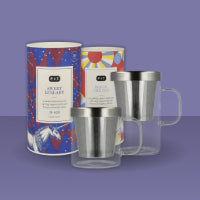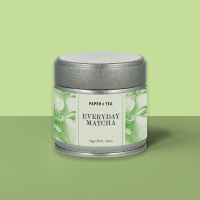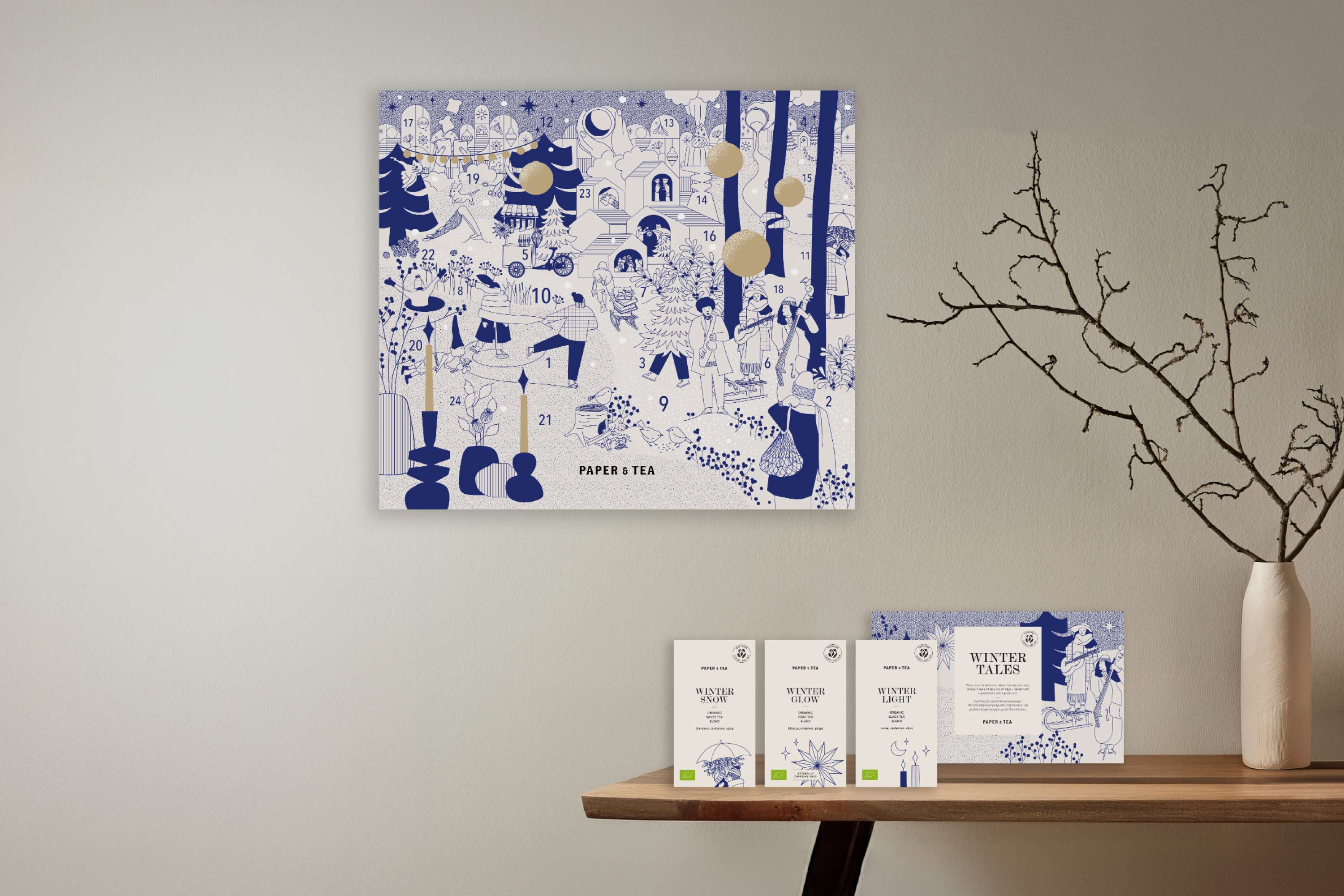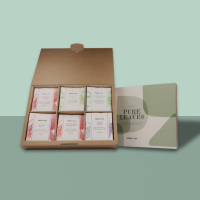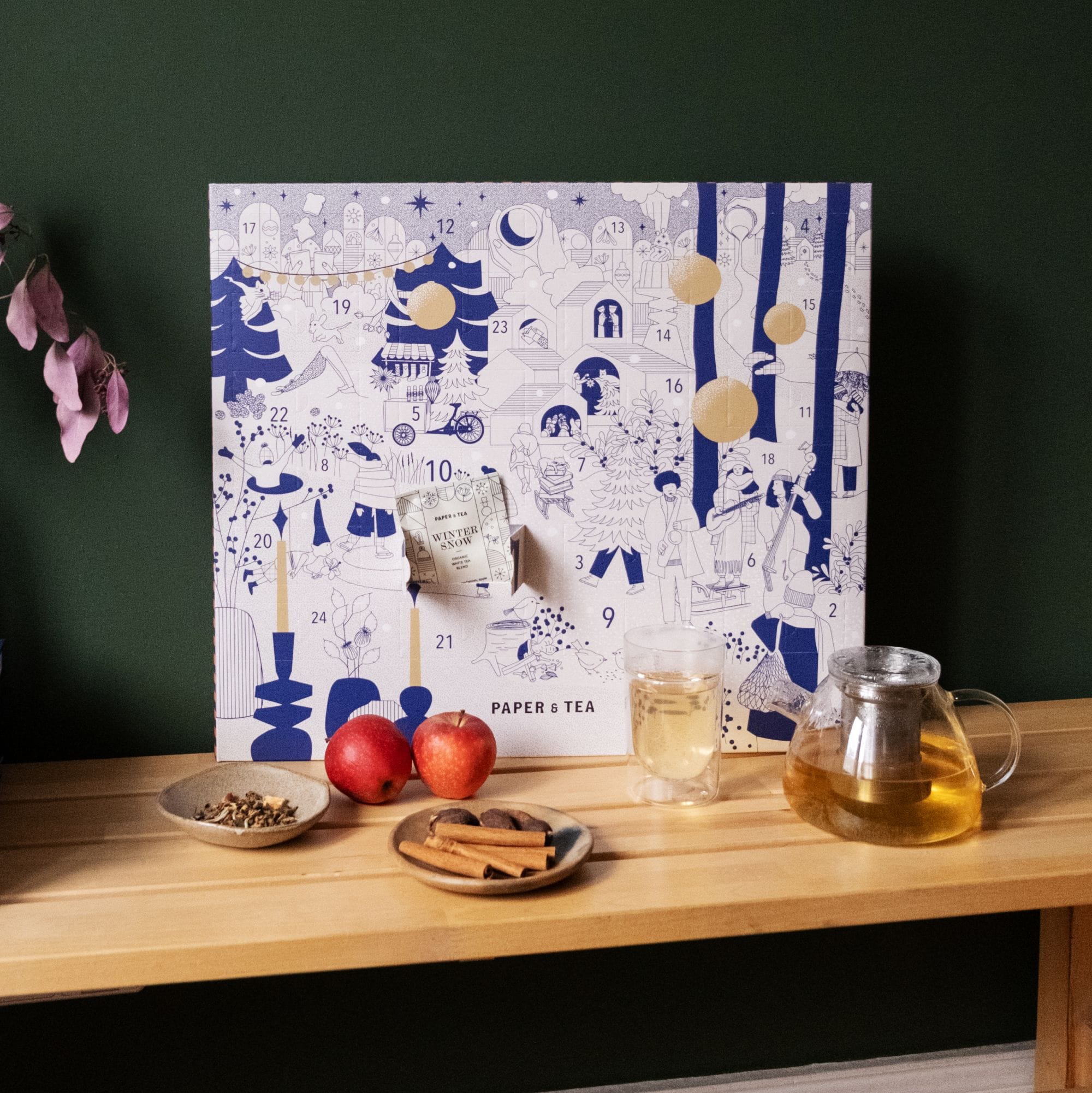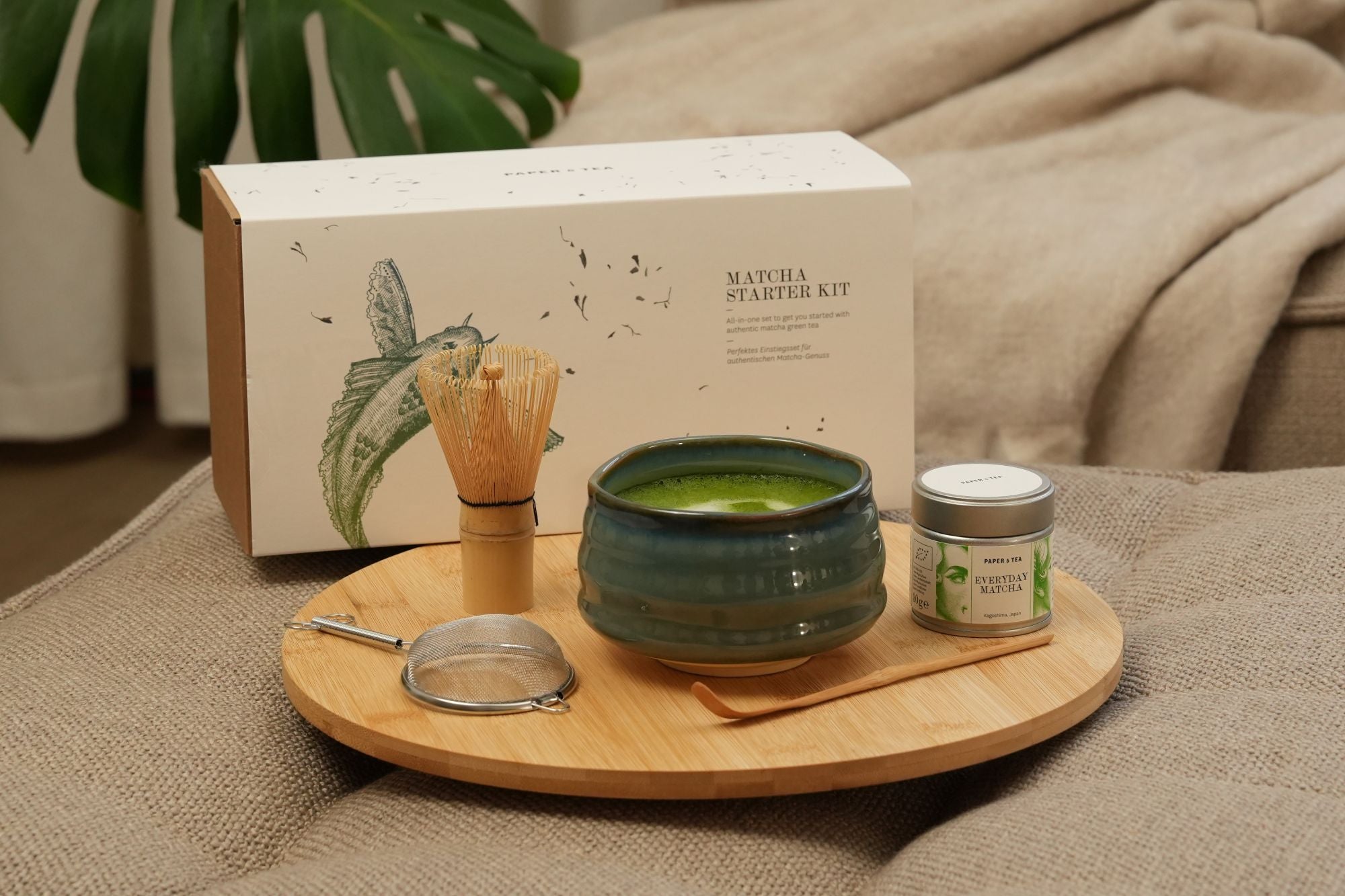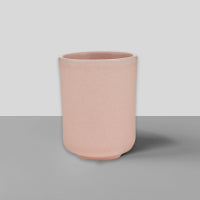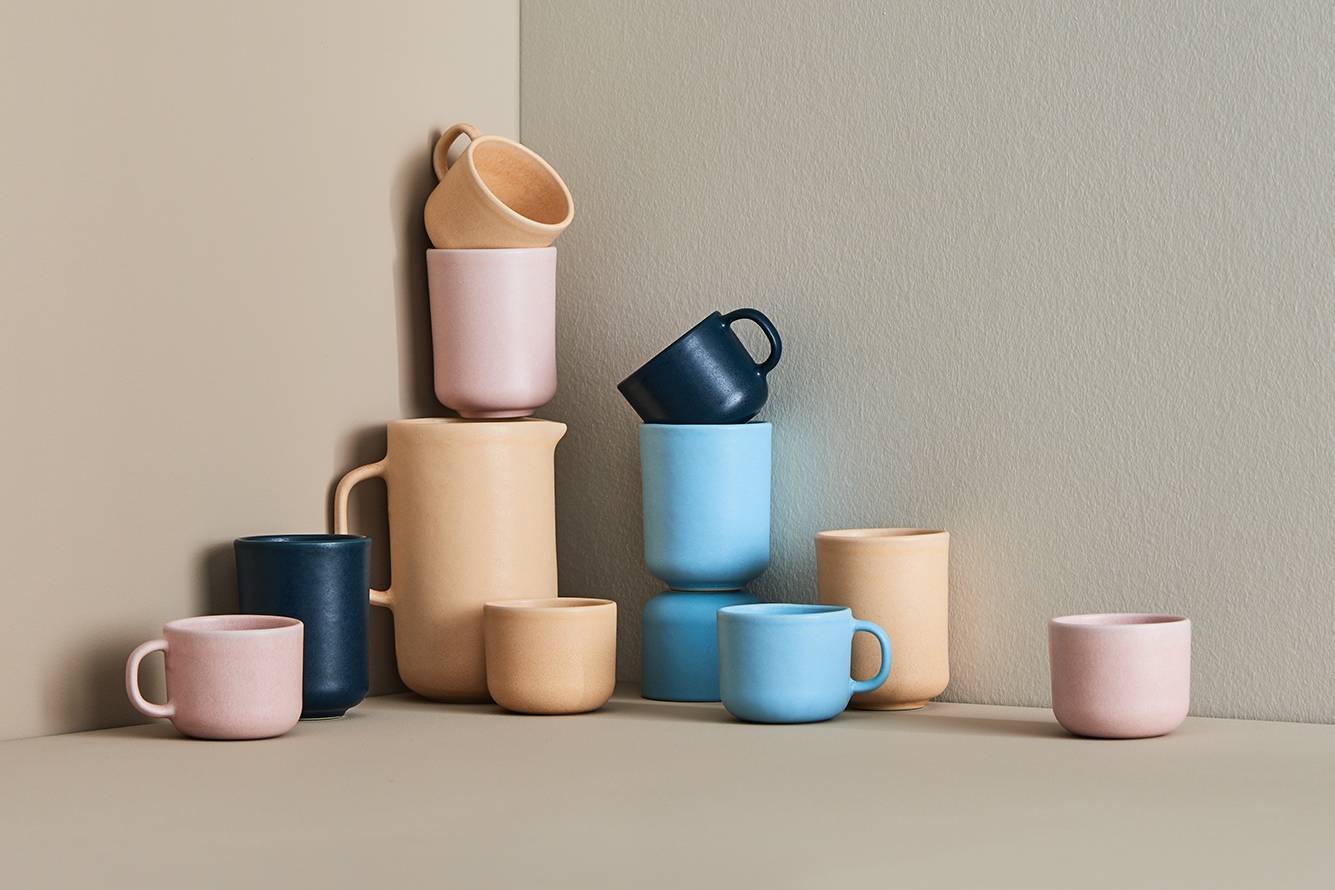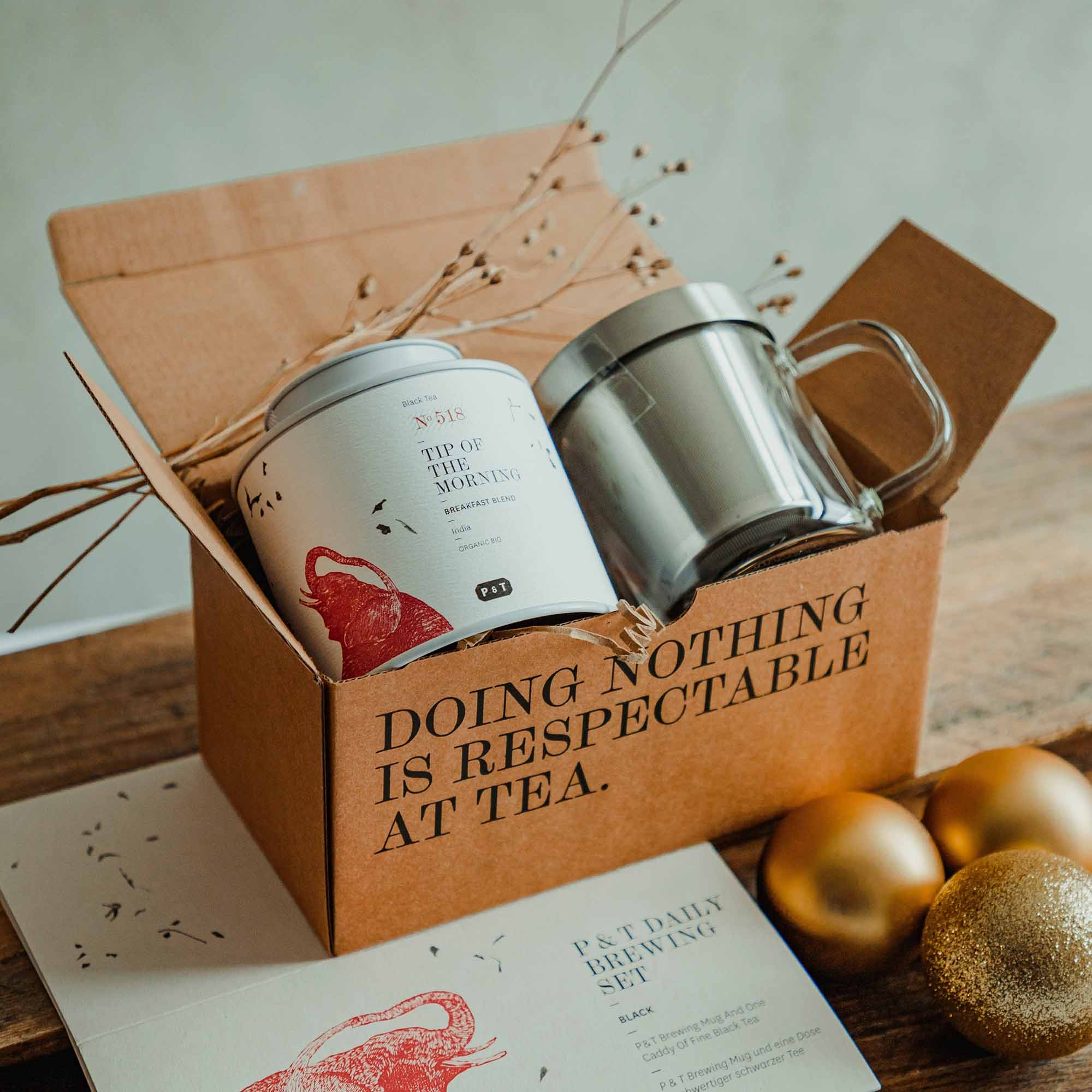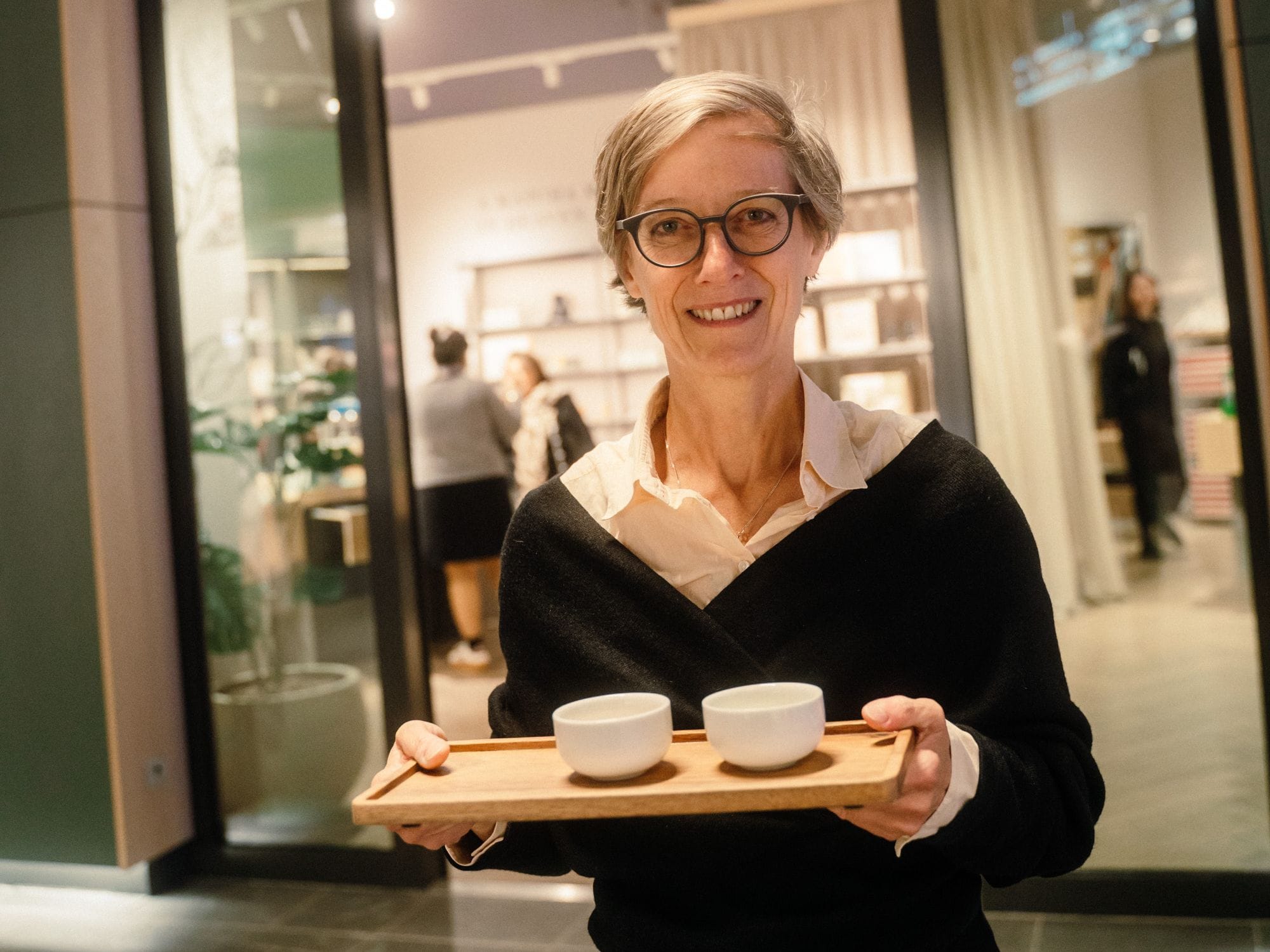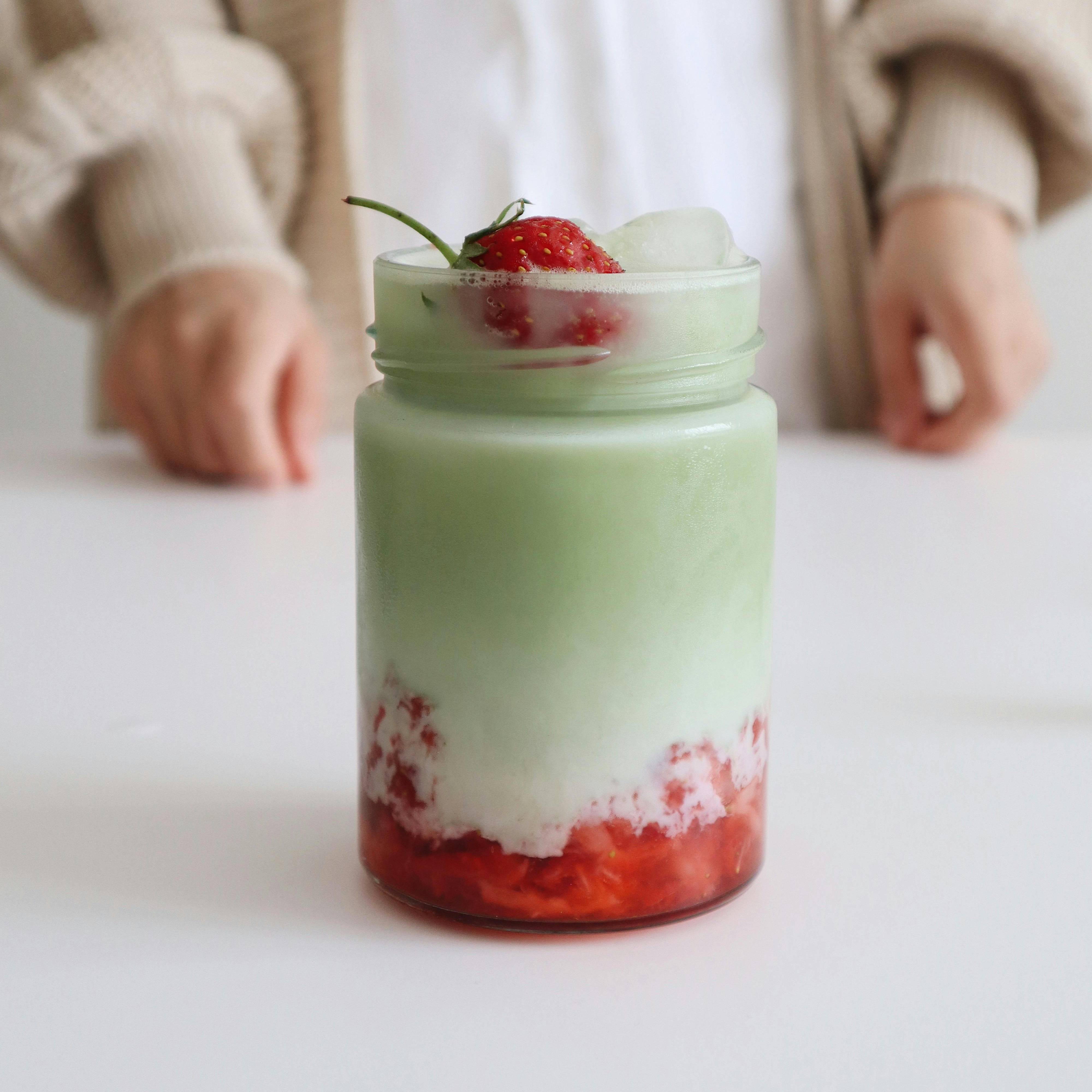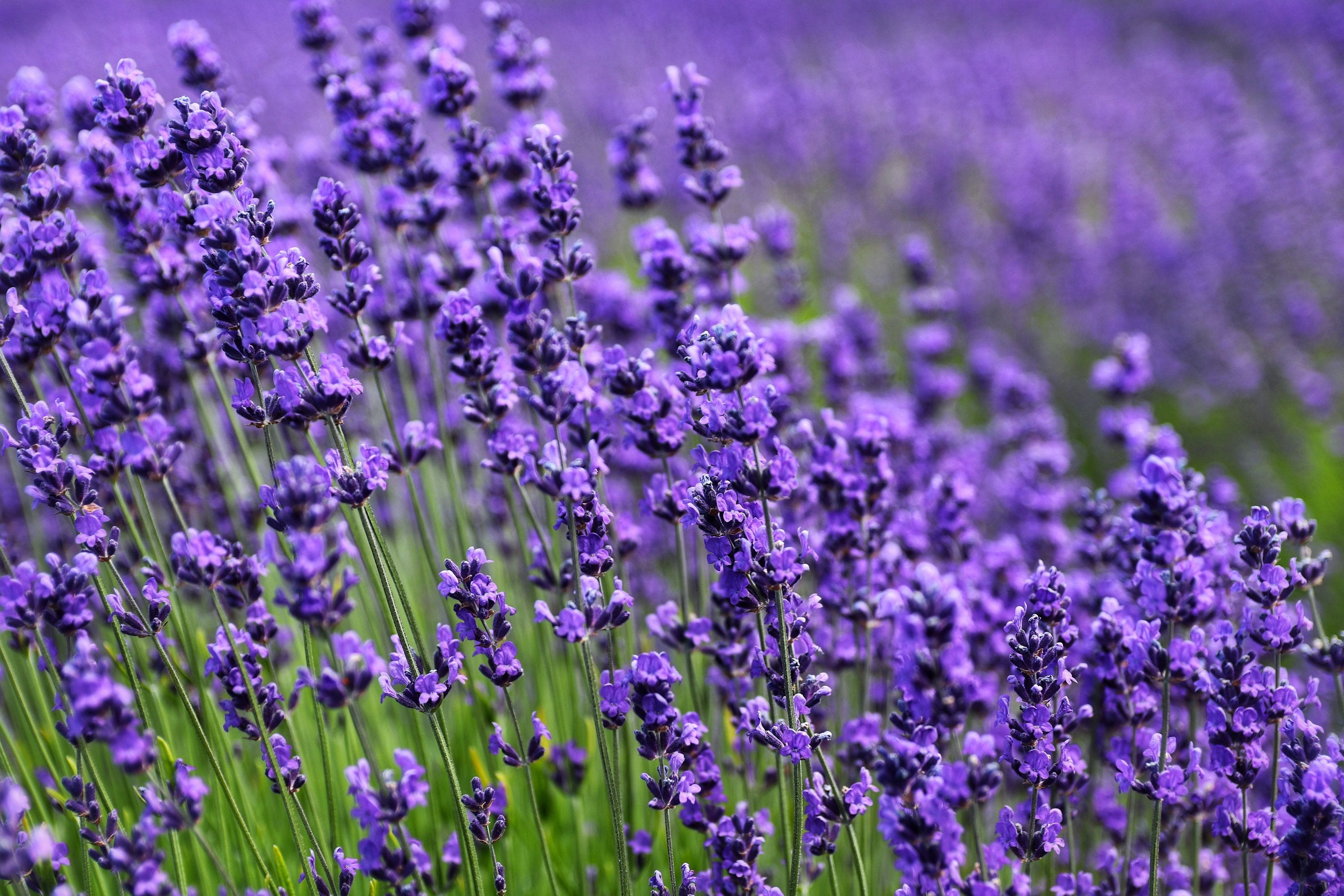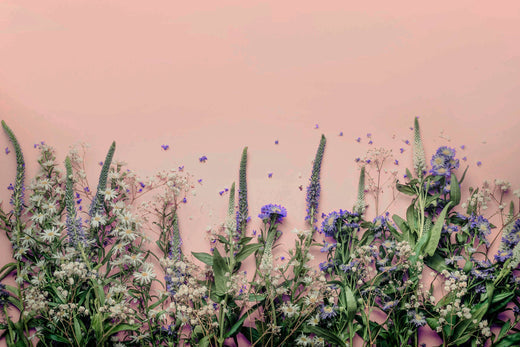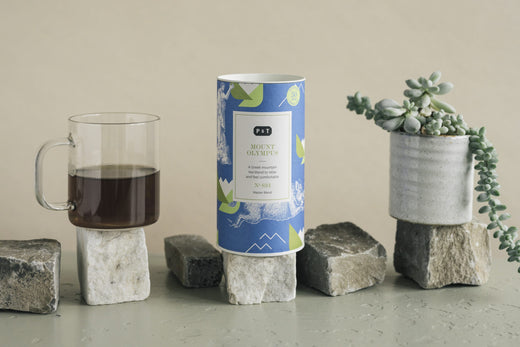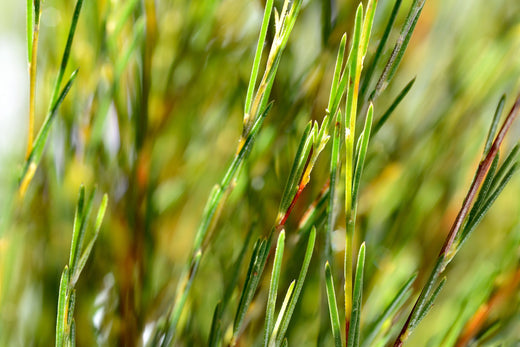We all remember it from our childhood. Quietly and unassumingly, it waits on the tea shelf, never to be overlooked, ready for its next use. When freshly brewed, chamomile creates a golden-yellow cup whose aroma evokes gentle nostalgia. As adults, we now appreciate this herbal tea, once given to us by our parents or grandparents, for its unique mild flavor with a hint of apple. Here, we want to provide the humble blossom its moment in the spotlight.
A Tea with Tradition
Chamomile has been cherished by humanity for thousands of years. Let's take a journey back through its rich history.
The exact origins of chamomile tea are lost to time, as chamomile has been utilized across diverse cultures for millennia. Over 4,000 years ago, the ancient Egyptians cultivated chamomile, revered it as a sacred flower of the sun, and incorporated it into religious ceremonies.
Chamomile also held great importance in Greek and Roman culture. Even the renowned physician Hippocrates mentioned it in his writings. During the Middle Ages, chamomile was widely planted in European monastic gardens, appeared in herbal compendiums, and became an integral part of everyday life. Even today, chamomile remains a beloved ingredient in specially blended medicinal teas, often available at pharmacies.

Chamomile Tea in Different Cultures: A Global Phenomenon
Over the centuries, the enjoyment of chamomile tea has spread around the globe, becoming a part of the cultures in both the Americas and Asia. Especially in the 20th century, chamomile tea saw a significant surge in popularity in the Western world, becoming a beloved everyday beverage. For many people, chamomile tea is as much a part of their evening routine as brushing their teeth. Inspired by this tradition, we created our SWEET LULLABY blend for relaxing evenings. Naturally caffeine-free, this tea blend is the perfect choice to unwind at the end of the day.

How to Brew the Perfect Cup of Chamomile Tea
Chamomile is harvested in the summer when the flowers are in full bloom and their aroma is at its peak. The flowers are then carefully dried and stored.
So, how can you get the best out of these wonderfully fragrant white blossoms? We've gathered some tips to help you enjoy the full flavor of chamomile in every sip.
Perfecting Every Cup with the Right Temperature & Steeping Time
For the best results with any herbal or fruit tea, it's crucial to prepare your infusion with boiling water at 100°C. Ideally, use fresh, filtered water. For loose, dried chamomile flowers or tea blends, 2-3 teaspoons per cup is perfect. It’s always a good idea to follow the recommendations on the product packaging. As for steeping time, we suggest at least 5 minutes. If you prefer a stronger flavor, let it steep longer. Unlike "real" tea, which is made from the leaves of the Camellia sinensis plant, herbal infusions won’t turn bitter if steeped for longer periods.
Creative Variations: New Ways to Enjoy Chamomile Tea
We love pure chamomile, but have you ever tried different variations of chamomile tea? Our herbal blend CUDDLE QUEEN combines the gentle chamomile blossoms with the mildly spicy fennel and the refreshing, light tartness of sea buckthorn berries. For those who prefer a fruity twist, our ORANGE KISS marries the soothing chamomile with the zesty essence of natural orange. These harmonious blends create unparalleled taste experiences that delight your senses and transport you to a world of comfort.

In addition to numerous exciting tea blends, there are many other ways to enhance chamomile tea.
Here are a few ideas for creatively enjoying chamomile as the star ingredient:
- Honey and lemon create a delightful flavor combination.
- Fresh mint adds a refreshing touch to your chamomile infusion.
- Ginger introduces a spicy, warming element.
- A drop of vanilla extract or a vanilla bean can impart a sweet, creamy flavor.
- Iced tea preparation: Chamomile tea is not only a comforting warmth in winter but also a refreshing treat in summer. You can easily brew chamomile blossoms as iced tea! Brew the tea as usual with boiling water, perhaps a bit stronger than you normally would. Then pour it over plenty of ice cubes. If desired, add a touch of syrup, such as apple or pear, to sweeten the iced tea.
Did You Know...?
If you've ever bought chamomile oil, you’ve probably noticed its bright blue color. Interestingly, the chamomile flowers themselves don’t contain any blue pigments! This color emerges during a chemical process called steam distillation to extract the oil after the flowers are harvested. The high temperatures and steam convert matricin, one of the key components of fresh chamomile flowers, into chamazulene. It is this chamazulene that gives the essential oil its deep blue color. But there's much more to chamomile that makes it fascinating.
Chamomile in Mythology
In Egyptian mythology, chamomile was linked to the sun god Ra, thanks to its sun-like blossoms. This association also arises from the symbolic similarity between chamomile flowers and sun rays. In a culture that revered the sun as the central source of life, this connection elevated chamomile to the status of a sacred plant.

In Greek mythology, chamomile was known as "Chamaemelon." "Chamai" (χαμαί) means "on the ground, low-growing," and "melon" (μήλον) means "apple," which describes its distinctive fragrance.
In Greek herbal medicine, also known as phytotherapy, chamomile was one of the most important medicinal plants. It was studied by many notable Greek physicians and naturalists, including Hippocrates, Dioscorides, and Galen.
Chamomile in Modern Daily Life: More Than Just Tea
Chamomile is cherished not only as a tea but also for its mild, floral aromas and natural sweetness in various foods. Whether in candies and lozenges or as a flavoring in baked goods, chamomile showcases its versatility across many culinary areas. In modern daily life, chamomile is widely used as a natural sweetener and flavor enhancer in foods and beverages. It elegantly enhances desserts, gourmet dishes, candies, and cocktails with its gentle, floral aromas, making them more delightful with its natural sweetness.
Chamomile in Cosmetics: Naturally Beautiful with Chamomile
Chamomile is highly valued in the cosmetics industry and is featured in numerous skincare products. Chamomile extracts are in moisturizers and lotions that nourish and hydrate the skin. Whether face creams and serums or scrubs and oils, chamomile provides an excellent natural alternative to synthetic ingredients.
About Chamomile - A Plant with Fascinating Properties
Chamomile's appearance is reminiscent of daisies, with a yellow flower head surrounded by small white petals. Discover the other remarkable qualities of the chamomile plant here.
The Botany of Chamomile: What Makes It Unique?
Chamomile belongs to the Asteraceae family and is especially beloved when brewed as an aromatic tea. Its distinctive scent is often described as pleasantly sweet, highly fragrant, and apple-like.
There are two main varieties of chamomile: German chamomile and Roman chamomile. German chamomile is primarily chosen for making soothing tea because of its milder and more pleasant flavor, in contrast to the slightly bitter taste of Roman chamomile. Moreover, German chamomile is easier to cultivate and harvest. Its remarkable adaptability allows it to thrive in various climates.
Chamomile can also grow beautifully in your garden if the soil is well-drained and receives plenty of sunlight. From May to September, it will adorn your garden with its small, white flowers, spreading its charm. Whether you are an experienced gardener or a curious beginner, chamomile will enchant you with its modest beauty and distinctive aroma.
Our Dedication to Exceptional Quality: Chamomile Tea by PAPER & TEA
Our premium chamomile tea offers a range of harmonious flavor experiences, all with the renowned quality of PAPER & TEA. All ingredients in our Master Blends, from lemongrass and orange peel to rose petals, are sourced from certified organic farms. We are committed to maintaining the high quality in all PAPER & TEA blends. Our meticulously crafted organic tea blends will transport you to extraordinary flavor realms. Which Master Blend will become your favorite?
How about trying our CUDDLE QUEEN, which captivates with its light acidity and spicy notes? Or perhaps the SWEET LULLABY, whose mild taste makes it the perfect choice before bedtime? And then there's our ORANGE KISS, where the tangy-sweet fruitiness of orange complements the soothing chamomile base, creating a refreshing aroma. Which of these delicious varieties would you like to savor?

